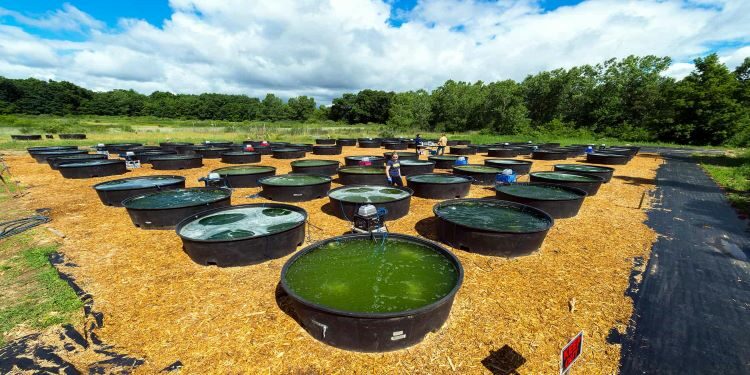What are biofuels ?
- Biofuels are liquid or gaseous components which are used as fuels.
- They are primarily produced from biomass, and can be used as an alternative or sometimes in addition to diesel, petrol or other fuels.
- The crops with higher sugar content like sugarcane, sugarbeet, sweet sorghum are most used for production of biofuel.
- Even starch (such as maize and tapioca) or oils (such as soybean, rapeseed, coconut, sunflower) are also used for producing biofuels.
Type of biofuels
- Jatropha : It is a multi-purpose non edible oil yielding plant. This is a hardy and drought tolerant crop that can be raised in marginal lands with lesser input. The plant has the capacity to withstand 30 years.
- Sugarbeet : It is a sugar producing tuber crop, grown in temperate countries. Now, tropical sugar beet varieties are gaining momentum in tropical and subtropical countries, since they are used as a promising alternative energy crop for the production of ethanol.
- Sorghum: It is useful as a component which adds value to ethanol, syrup and jaggery and bio enriched bagasse as a fodder and as a base material for cogeneration.
- Pongamia: It is a non edible oil yielding tree which can produce biofuel.
What are the benefits of Biodiesel?
- Biodiesel has many environmentally beneficial properties. The main benefit of biodiesel is that it can be described as ‘carbon neutral’. This means that the fuel produces no net output of carbon in the form of carbon dioxide (CO2).
- This effect occurs because when the oil crop grows it absorbs the same amount of CO2 as is released when the fuel is combusted. In fact this is not completely accurate as CO2 is released during the production of the fertilizer required to fertilize the fields in which the oil crops are grown.
- Fertilizer production is not the only source of pollution associated with the production of biodiesel, other sources include the esterification process, the solvent extraction of the oil, refining, drying and transporting.
- All these processes require an energy input either in the form of electricity or from a fuel, both of which will generally result in the release of greenhouse gases.
- To properly assess the impact of all these sources requires use of a technique called life cycle analysis. Our section on LCA looks closer at this analysis.
- Biodiesel is rapidly biodegradable and completely non-toxic, meaning spillages represent far less of a risk than fossil diesel spillages. Biodiesel has a higher flash point than fossil diesel and so is safer in the event of a crash.
What are the limitations ?
- Biofuel is the new requirement of the global community, but the requirements were huge. For example, Jatropha is considered best for biofuel, high investment is required for seed productivity ratio.
- Besides, if many follow bio fuel yielding crops, it leads to monoculture where farmers produce the same crops year after year, rather than producing various crops over a period of time.
- Though it could be economically attractive for farmers, they could leave the soil without the nutrients.
What are the different categories of biofuels ?
- First generation biofuels – Fuels made from sugar, starch, vegetable oil, or animal fats using conventional technology. Some of the prevalent first-generation biofuels include Bioalcohols, Biodiesel, Vegetable oil, Bioethers, Biogas.
- Second generation biofuels – Fuels produced from non-food crops like cellulosic biofuels and waste biomass (stalks of wheat and corn, and wood).
Third generation biofuels – Fuels produced from micro-organisms like algae.
















